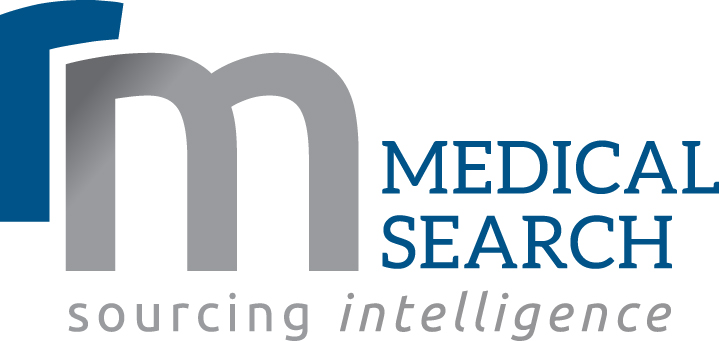Physician retirement is an inevitable event for all healthcare organizations. According to the recent 2022 Physician Specialty Data Report from the Association of American Medical Colleges (AAMC), in 2021, 46.7 percent of active physicians in the United States were age 55 or older. With that in mind, the time to plan is now!
In order to prepare your organization for physician retirement, proper succession planning is crucial to ensure a seamless transition that prioritizes patient care and sustains the long-term viability of a medical practice. Succession planning involves developing a comprehensive strategy to identify, prepare, and integrate new physicians into the practice, while effectively transferring patient relationships, medical knowledge, and operational responsibilities.
To assist your practice in preparation for pending physician retirements, this article explores the importance of succession planning in the healthcare industry, highlighting key steps and considerations that can help your practice navigate this critical process.
The Significance of Succession Planning
Succession planning for physician retirement is essential for medical practices as it allows for the efficient transfer of patient care responsibilities and preserves the reputation and continuity of the practice. By proactively addressing physician retirement, a well-executed succession plan mitigates potential disruptions, minimizes staff anxiety, and ensures the sustainability of the practice’s operations. Additionally, a comprehensive plan safeguards your practice from losing a high volume of patients as a result of the change in providers.
Identifying Succession Candidates
The first step in succession planning is identifying suitable candidates who can seamlessly integrate into the practice. This involves assessing the practice’s needs, evaluating potential candidates’ qualifications, skills, and cultural fit, and considering their long-term commitment to the practice. It is essential to establish a clear set of criteria and involve key stakeholders, such as partners, administrators, and senior physicians, in the candidate selection process.
This initial phase of the process can be time consuming for existing staff as they juggle their existing responsibilities with search, screening, interviewing and recruiting candidates for the position. To minimize these disruptions, many practices enlist the services of Physician Sourcing Specialists to help them identify the right candidate for their organization.
Preparing Incoming Physicians
Once candidates are identified, thorough preparation is essential to facilitate a smooth transition. This includes providing mentorship opportunities, enabling shadowing experiences, and offering educational resources to familiarize the incoming physicians with the practice’s workflows, electronic health records (EHR) systems, and patient base. Knowledge transfer sessions and ongoing collaboration between the retiring and incoming physicians can help ensure a seamless handover of patient relationships and medical expertise.
Patient Communication and Continuity of Care
Effective communication with patients is paramount throughout the succession planning process. Open and transparent communication helps build trust, alleviates patient concerns, and reassures them of the continued quality of care. Informing patients well in advance about the upcoming changes, introducing the incoming physicians through various channels (such as newsletters, social media, and in-person meetings), and facilitating opportunities for patient-physician interactions are vital steps in maintaining patient loyalty and continuity of care.
Managing Legal and Regulatory Considerations
Succession planning necessitates addressing legal and regulatory requirements to ensure compliance. It is important to review partnership agreements, employment contracts, and any legal obligations tied to the retiring physician’s departure. Moreover, understanding the impact of healthcare regulations, licensing requirements, and insurance considerations on the transition process is essential to ensure a seamless handover of responsibilities without disruptions in patient care.
Succession Plan Implementation and Evaluation
Implementing a succession plan involves a well-coordinated effort, involving collaboration among all stakeholders, including administrators, retiring physicians, incoming physicians, and support staff. Timelines, roles, and responsibilities should be clearly defined, and mechanisms for monitoring and evaluating the effectiveness of the plan should be established. Regular feedback loops, performance assessments, and adjustments to the plan can help ensure its successful execution.
Key Takeaways on Succession Planning for Physician Retirement
Succession planning is a critical aspect of physician retirement that deserves careful attention and thoughtful execution. By developing a comprehensive succession plan, medical practices can ensure a smooth transition that minimizes disruptions, maintains patient trust, and helps ensure the long-term viability of the practice.
To assist you in your succession planning process RM Medical Search has created a complementary eBook “Optimizing Physician Staffing Strategies.” We encourage you to download your copy of the eBook today, or contact us for guidance on your physician sourcing needs.

